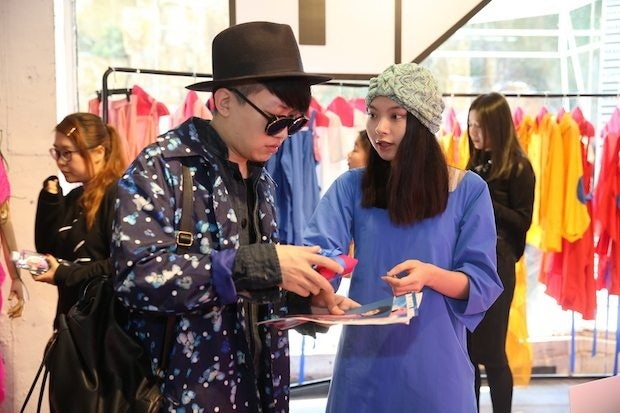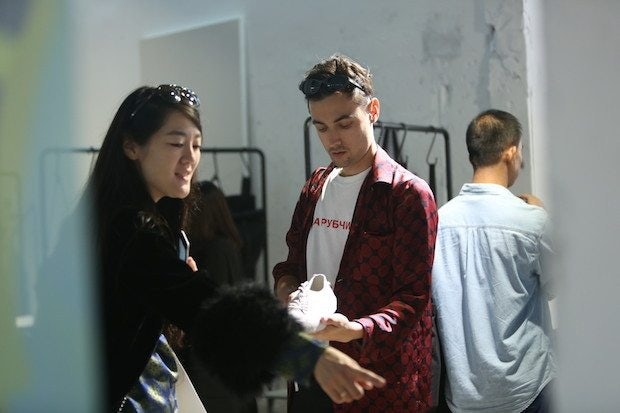
As a platform both for showcasing both Chinese and international design talent, Shanghai Fashion Week beefed up its business credentials this season with an increasingly high-caliber list of both international and domestic buyers at its runway shows and growing collection of professional showrooms.
“It seems to be improving every season,” said Richard Hobbs, the co-founder of trade show The HUB, on the Spring/Summer 16 iteration of Shanghai Fashion Week that stretched from October 13 to 21. The HUB opted to move from Hong Kong Fashion Week to Shanghai Fashion Week this season after organizers saw Shanghai’s increasing importance to the industry. Hobbs says that “after visiting Shanghai and Shanghai Fashion Week for many years, it was a visit last October that the lights came on. It felt different. The events themselves, the new showrooms that were opening up, the people on the street, and the visitors we were seeing dropping in from around the world all added up to say that Shanghai was going to be the focus, and therefore, we had to be there.”
While the runway shows of designers including Fake Natoo, Nicole Zhang, Boundless, and FFIXXED STUDIOS garnered a strong amount of international media attention, a burgeoning number of showrooms attracted buyers from across China and the world as they sought out the hottest new brands to attract Chinese shoppers. In addition to The HUB, the growing showroom list included DFO, Ontimeshow, Intertextile Shanghai, Showroom Shanghai, Alter Showroom, Chic Shanghai, and Shanghai Fashion Week’s own Mode Shanghai, which was introduced last April and featured 22 showrooms and 400 brands.
"This is only the second time Mode Shanghai has been held, and it's definitely been receiving praise from all sides," says Shanghai Fashion Week Organizing Committee Vice Secretary Lu Xiaolei, who also notes that the showroom is still in a developing stage. "At the same time, many problems and room for improvement still exist, and the future development of young Mode still has a long road ahead as it is continuously upgrading and improving on the path of development."

Top international buyers Lorenzo Hadar from H. Lorenzo as well as Carol Song and Jesse Hudnutt from Opening Cermony were in town this season. Both Song and Hadar told Business of Fashion's Chinese site that they’ve been seeing more maturity from Chinese designers, and Opening Ceremony already stocks menswear by Chinese label Sankuanz while H. Lorenzo has collaborated with Chinese boutique Dong Liang for a pop-up store in Los Angeles.
Also driving the increasingly business-oriented focus of Shanghai Fashion Week is China’s own ballooning number of trendy multi-brand boutiques. “When we did our research into the number of legitimate multi-label stores in China back in 2012, we estimated there were no more than 35 to 40,” says Hobbs. “Our best guess now is more than 500.” Shanghai Fashion Week has especially benefited from this trend because “not all of these can, or want to, travel to Europe and the United States to do their buying,” so many are opting to seek out brands locally.

As a result, many trade shows have been showcasing not only Chinese designers, but also up-and-coming foreign labels to attract Chinese buyers searching for hip new brands to fend off the effects of China’s luxury market slowdown. That is likely why the week has also brought high-profile international shows, such as this season’s Ports 1961 show that featured Kendall Jenner and Joan Smalls on the runway with Paris Hilton DJing.
In the future, the week needs “a bit more coordination amongst all the events and trade shows” to make “the whole event more international,” according to Hobbs, who has high hopes for the future of Shanghai Fashion Week’s international standing in relation to the “big four” fashion weeks Milan, Paris, New York, and London. “There is no reason why the circuit can't start in New York and finish in Shanghai!”